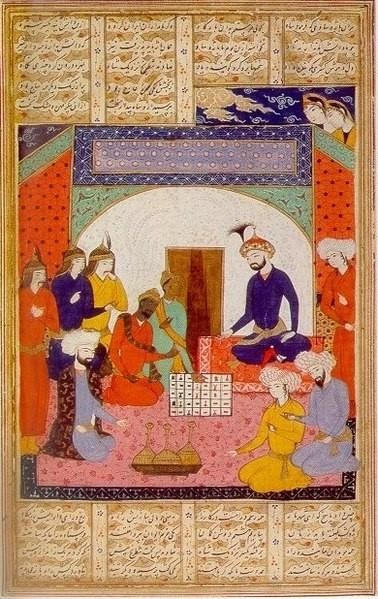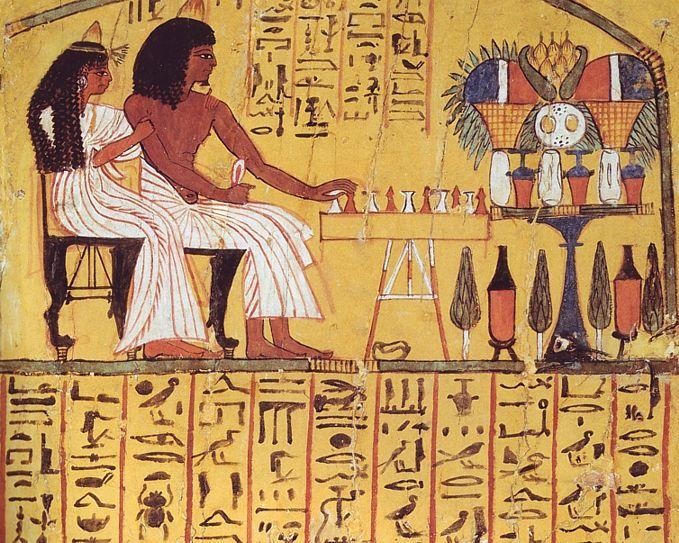Cultural History of Indian Board Games
by- Anushree Maheshwari
As we deal with another crisis of this era- Corona Virus, whilst quarantined in our homes and while away time, looking for options to harvest our productivity and yet being entertained with limited options such as Netflix and/or TV, most of us have turned to Board Games as a major source of family re-union of sorts.
Ludo, Chess, Backgammon to name a few, bring back nostalgia from our childhood, when the only source of glee was not sitting with laptops and mobile phones, instead playing these games and other outdoor activities that would bring communities close and hatch conversations. Today, we have again turned to this old friend for respite in times of isolation.
We have innumerable stories and tales of kings and their kingdom where ‘Chaupar’ was as incessant to the courtesans as daily necessities. It was a way of celebrating their win after battles and also a recreational indulgence.
Some of the earliest evidences of board games come from Indus Valley Civilisation in the form of excavation finds. It is difficult to ascertain the rules and nature of those games but some scholars, like Irving Finkel, have studied such games by looking at other board games from that era, though only a fair bit is known. Similarly, a series of 49 small carved painted stones also known as ‘DICE’ in today’s times were found at 5000 year old Bašur Höyük burial mound in Southern Turkey.

The earliest dice made from knucklebones from Greece from 5th-3rd century BC.
A fair share of board game furor also reached Syria and Iraq, where these pieces were also found giving hints to their origin in the Fertile Cresent comprising of Nile, Tigris and Euphrates river in the Middle East. The same region where booze, breath mints, calenders, required for planning game nights came from.
Under the rule of Akbar, the game of pachisi( often called Chaupar) had an important place in the Imperial Court. There would be pachisi matches, and the emperor would often mete out punishment to anyone who displayed even the slightest uneasiness with the game. Courtesans dressed in different colors acted as pieces of the game, leaping from box to box as their ruler rolled the dice sitting at the center. The incident of Indian ambassadors presenting chaturanga to Khosrow I, King of Persia, finds mention in various Persian manuscripts.
Board games were also popular amongst pharaohs in Ancient Egypt primarily by the name Senet. It has been found in First Dynasty burials and featured in several illustrations from Egyptian tombs. Some ideas about the materials used in the games such as rectangular dice apart from the now famous cubic dice was prominent. Cowry shells was widespread amongst the common people.
From the references above we know that board games have been a vital part in ancient times. Not only that but many game traditions transcended the boundries of the court into the lives of ordinary folk. They appear in paintings, sculptures and literary scripts. Sources are more accessible in the middle of first millennium, when board games like Backgammon, chaupar were widely played.


Backgammon:
Backgammon found it’s origin from 5000 years ago through the archeological discoveries in Persia and Mesopotamia.
It involves a combination of strategy and luck with the roll of dice. It’s a two player game where each player has 15 checkers that move between 24 triangles as per the roll of dice.The first one to move all the 15 checkers off the board is the winner. Intrestingly, a board game from 3000 BC was found at Shahr-e-Sukhteh in Iran and included two dice and 60 checkers. It is believed to be 200 years older than the Royal Game of Ur making it the most popular amongst the ancient games.

A Chaupar board
Chaupar:
During most of our childhood, when Mahabharata was telecast, the scene where Yudhishthira and Duryodhan are playing a game and then Yudhishthira losing everything, is when most of us got introduced for the first time to Chaupar or Chopad. It is a cross and circle board game. The board is made of wool or cloth, with wooden pawns and six cowry shells to determine each player’s move. Originated in India and its mention is found in many versions from stories of kings passed on from generations. Also there are depictions in art and culture of Shiva and Parvati playing the game at various temples.

A Chaturanga board set-up
Chaturanga:
Chaturanga is first known from the Gupta Empire in India around the 6th century AD. It was then adopted as chatrang in Persia in the 7th century, which in turn became chess as is widely known from Europe. It was played on an 8*8 un-checkered board with 8 main pieces and 8 pawns each on either side. The game was played initially to teach young princes about the four angas (parts) of the royal army: the infantry, the elephants, the chariot and the cavalry. Now chess is known as a game of concentration and strategy.
In conclusion, through various movements across dispersed contexts, board games have played a quintessential role in the history and in the art and culture vis-à-vis religion. To say that board games have made a comeback, is wrong as board games were and will always be existential in bringing communities together.
